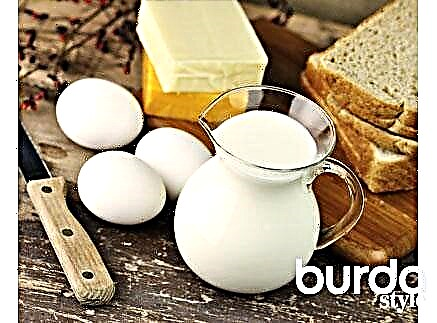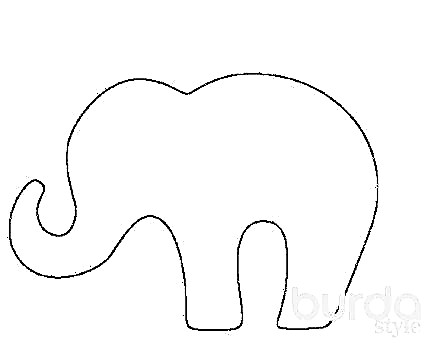The latest generation cosmetics are called smart cosmetics. And not in vain.
With the development of biotechnology, modern creams have become like a miracle, because bacteria are used to produce new molecules. And this is a kind of biotechnological high-tech. Scientists have "domesticated" the bacteria in such a way that they themselves produce the substances we need. Creams really learned to change the characteristics of the skin at any stage of life, reducing or increasing the amount of certain substances. And in a non-invasive way.
1. OLIGOPEPTIDES
Today, when creating creams, many oligopeptides are used: signaling and remodulating.
Signaling give cells specific commands. For example, skin cells are encouraged to produce more collagen and elastin. Or reduce the sensitivity to the hormones of the sebaceous glands, which makes the skin less oily. And they can make with the help of molecules to lighten age spots and deliver moisture.
Remodeling peptides increase the activity of cells, helping them breathe. The best known remodeling peptide is Matrixyl. A few days after the start of applying the cream with it, the synthesis of full-fledged, elastic collagen fibers increases significantly, as in young skin.
2. HEXAPEPTIDES
It is more correct to call them neurotransmitters, because they act on the nerve endings of the facial muscles and block the transmission of nerve impulses.As a result, the muscles do not contract so actively, and wrinkles are smoothed out. One of the most famous ingredients of Botox effect creams is acetylhexapeptide 6. Today hexapeptides that change muscle sensitivity to certain hormones have been discovered. Take, for example, adrenaline. Its amount is increasing due to stress. A decrease in sensitivity reduces the activity of "stress-dependent" facial expressions. This is a very good way to deal with the so-called wrinkles of depression. There are molecules that, on the contrary, increase susceptibility. For example, to serotonin - the hormone of pleasure. Then a phenomenon arises that manufacturers themselves have called "happy skin."
3. BACTERIAL SUBSTRATE
These are several types of modified bacteria at once. The substrate is used in preparations to exfoliate even damaged skin. Because bacteria are sensitive specifically to dead cells and are only interested in the protein keratin they contain - they need it for nutrition. The remaining cells, including damaged ones, are not interested in them. Hence the soft, even exfoliation.
4. HYALURONIC ACID
It is also obtained biotechnologically. It is completely identical to the one that is in our skin. In cosmetology, "hyaluron" is valued for its moisturizing properties: one of its molecules attracts about 100 water molecules. But these molecules are very large and are not able to overcome the epidermal barrier. Therefore, in modern creams, its individual fragments are used. "Piercing" through the upper layer of the skin, they themselves are not absorbed.But they give the command to the cells to produce more intercellular substance, an important component of which is the "hyaluron". If collagen fibers are compared with the springs of the mattress, then the intercellular substance is its filler. By the way, the use of a cream with crushed hyaluronic acid gives a more stable moisturizing effect than a course of biorevitalization (injections with hyaluronic acid).
5. COSMETIC TEXTILE
At its core, cryosel is an electrochemically active ingredient that delivers the various necessary components inside the skin. It responds to electrical impulses of the skin and becomes a conductor for active substances. It seems fantastic, but now you can fight cellulite with tights. The fabric looks like a thin nylon. But when worn in the skin, a special substance is released that breaks down the contents of fat cells, enhances microcirculation, and slows down the maturation of fat cells. Gloves with cryosel also show excellent performance. In them, you can "sew up" brightening peptides, nutrients or vitamins - all that is necessary to maintain the beauty and youth of the hands.
6. GEROVITAL
This is one of the coolest and most promising modern technologies, and looks more like a fantasy than a reality. The substance gerovital, which includes hyaluronic acid and the polysaccharides necessary for the beauty and youth of the skin, is produced by a bacterium with the complex name "Senroatramonus". Moreover, she herself continues to live in this substance and remains active for a long time.That is, the herovital cream itself for some time produces hyaluronic acid, and the drug "ripens" almost in a jar.
7. UREA
This ingredient has nothing to do with bacteria and hi-tech. But today he is gaining a “second wind”. The fact is that normally urea is found in the deeper layers of the skin, but with age it becomes smaller. The density of the skin depends on it in many respects. Urea-based pharmaceuticals are extremely effective and simply indispensable for dry skin. However, it should be borne in mind that for this, its concentration in a particular agent should be at least 20%.
 The article was published on the materials of the magazine "Good advice" 9/2013
The article was published on the materials of the magazine "Good advice" 9/2013
Text: Svetlana Troitskaya. Photo: PR
Material prepared by Julia Dekanova



